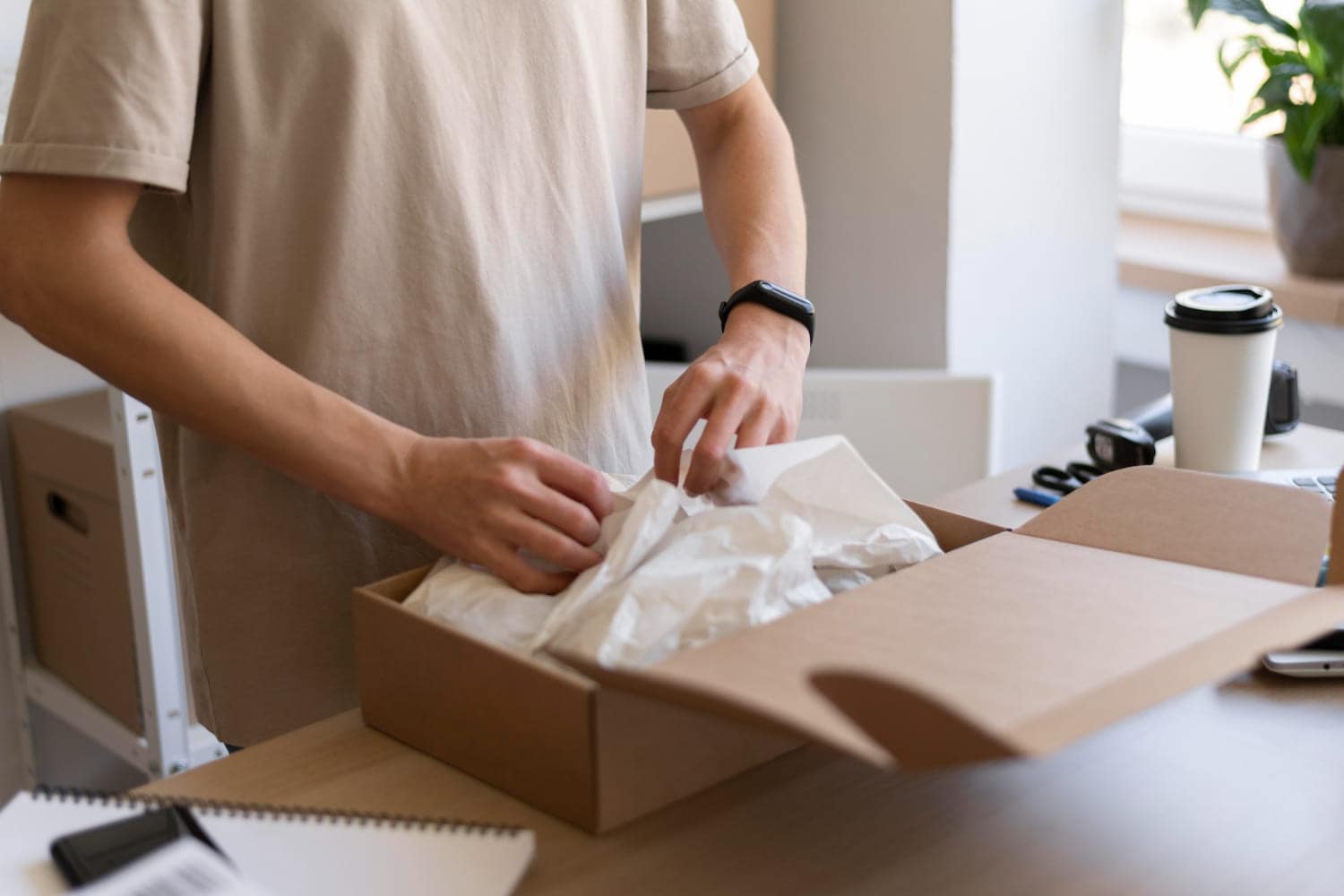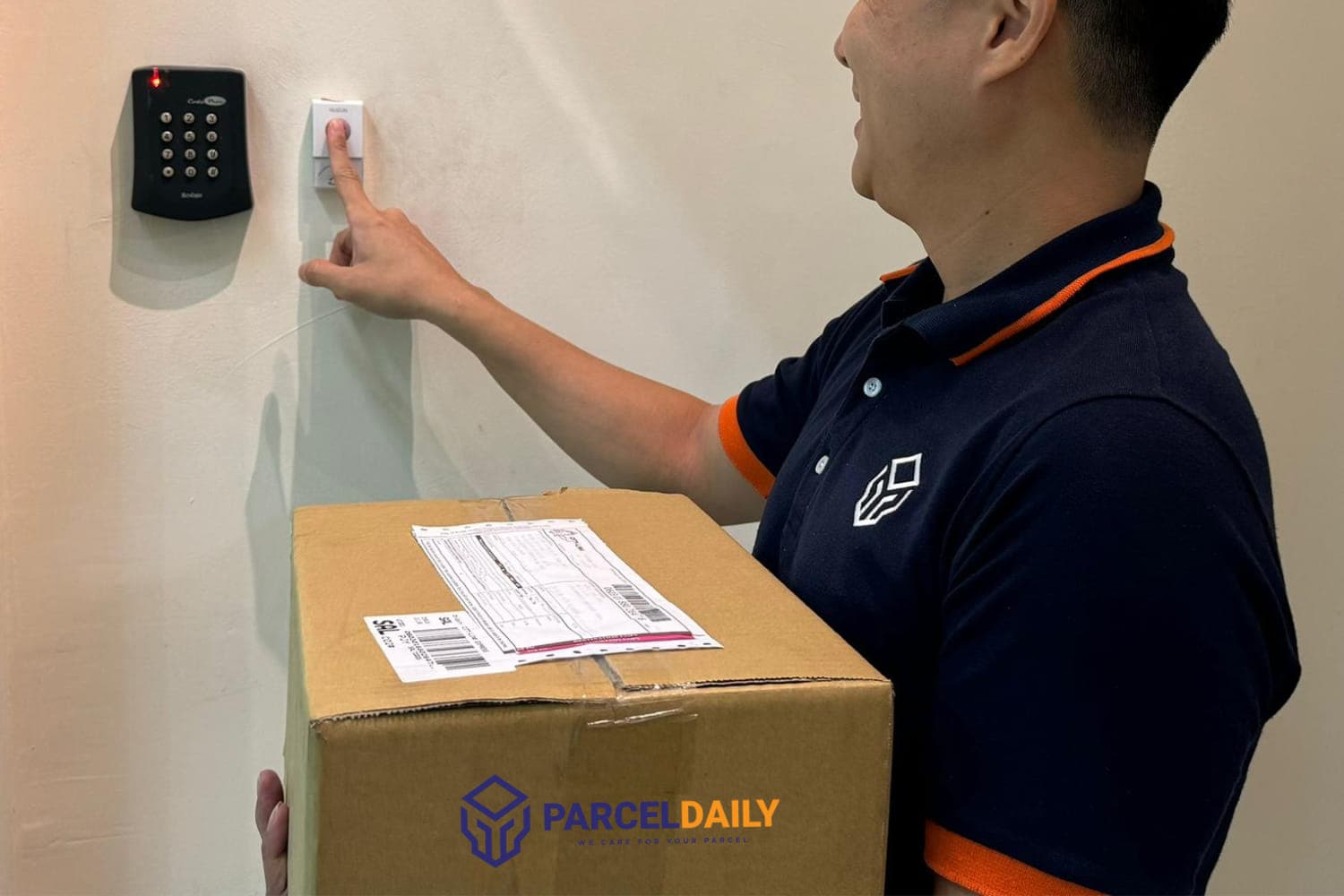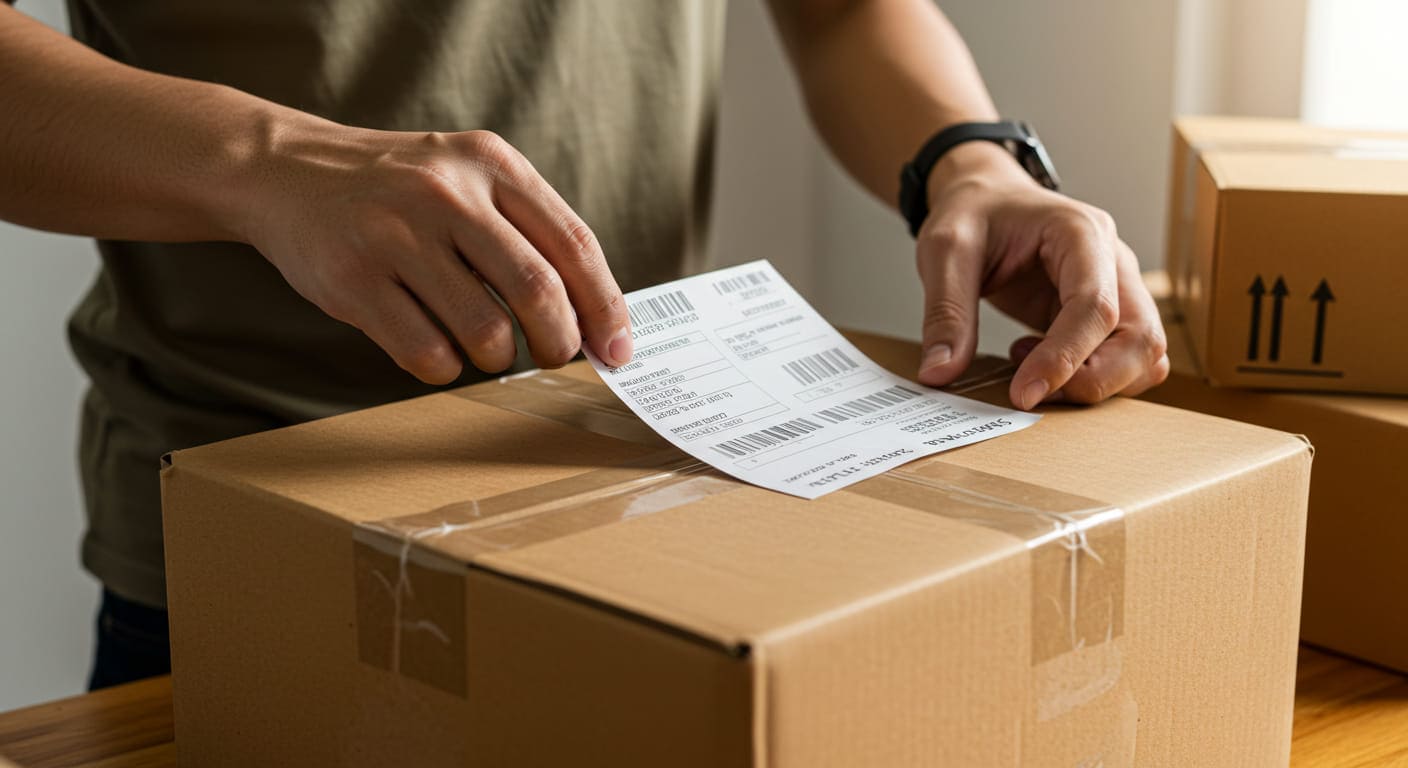When it comes to shipping your packages, effective parcel packaging is crucial for ensuring that items arrive safely and efficiently at their destination. Proper packaging not only protects the contents but also enhances the overall shipping experience. In this article, we provide you with 8 practical Parcel Packaging Tips to help you prepare your parcels for secure shipping.
Table of Contents
1. Choose the Right Packaging Materials
The foundation of effective parcel packaging starts with selecting the appropriate materials.
- Box or Envelope: Assess whether a rigid box or a padded envelope is appropriate for your items. Use strong cardboard boxes for fragile or bulky items, while padded envelopes work best for smaller, lighter packages.
- Quality Matters: Opt for high-quality, durable materials that can withstand the rigors of transportation.
2. Employ Generous Padding
Padding plays a significant role in safeguarding items against damage during transit.
- Fill Empty Space: Use packing peanuts, bubble wrap, or foam to fill any voids within the box, minimizing movement and impact during shipping.
- Wrap Fragile Items: Ensure fragile items are individually wrapped in protective material to provide an extra layer of security.
3. Securely Seal Your Parcel
A securely sealed parcel helps prevent accidental openings and ensures the protection of its contents.
- Use Strong Tape: Utilize high-quality packing tape to seal all seams and edges of the box. Avoid using standard tape, which may not hold up under pressure.
- Check Your Work: After sealing, gently shake the parcel to confirm that the contents are secure and that nothing shifts.
4. Clearly Label Your Parcel
Accurate labeling is vital for ensuring that your package reaches its intended recipient without delay.
- Complete Addressing: Write the recipient’s complete address clearly, including city, state, zip code, and country, as well as your return address.
- Readable Fonts: Use bold, legible fonts for labeling, and consider using a label printer for the best results.
5. Avoid Overpacking
While protection is important, overpacking can lead to higher shipping costs and complications.
- Know Shipping Limits: Familiarize yourself with the carrier’s size and weight restrictions to avoid unexpected fees.
- Compact Packing: Use appropriately sized boxes or envelopes to ensure your items are protected yet not excessively packed.
6. Be Aware of Shipping Regulations
Understanding the rules surrounding shipping can help prevent delays and complications.
- Check Prohibited Items: Review the list of prohibited items for your shipping carrier to ensure compliance and avoid mishaps.
- Customs Requirements: When shipping internationally, include any necessary customs declarations to expedite processing.
7. Utilize Tracking and Insurance
Keeping track of your shipments increases peace of mind and provides a safeguard for your items.
- Tracking Options: Choose a shipping service that offers tracking capabilities so you can monitor the parcel’s progress in real-time.
- Consider Insurance: For high-value items, consider purchasing shipping insurance to protect against loss or damage.
8. Consider Climate Factors
Take into account weather conditions that may affect your parcel during shipping.
- Weatherproofing: If your items are sensitive to temperature or moisture, use weather-resistant packaging or include extra padding for protection.
Conclusion
Implementing these 8 Parcel Packaging Tips will help ensure that your items are securely packaged and arrive at their destination in excellent condition. By selecting appropriate materials, employing protective measures, and understanding shipping regulations, you can enhance your shipping experience.
At ParcelDaily, we are dedicated to providing you with reliable shipping solutions and expert guidance. Let us help you streamline your shipping process! Experience the difference with ParcelDaily today!



